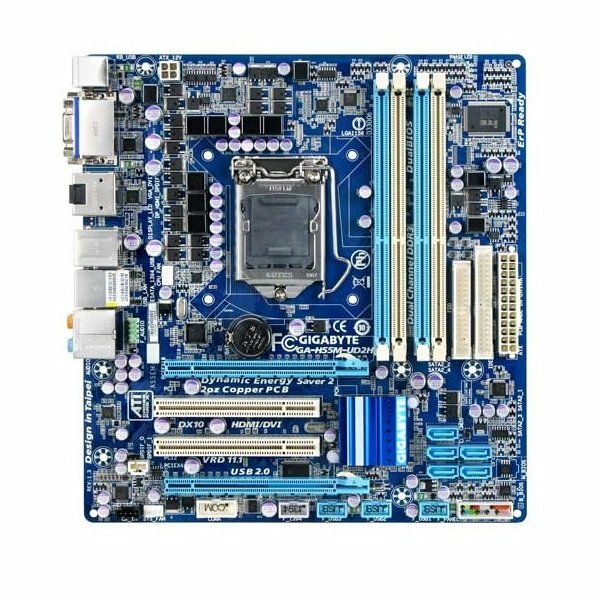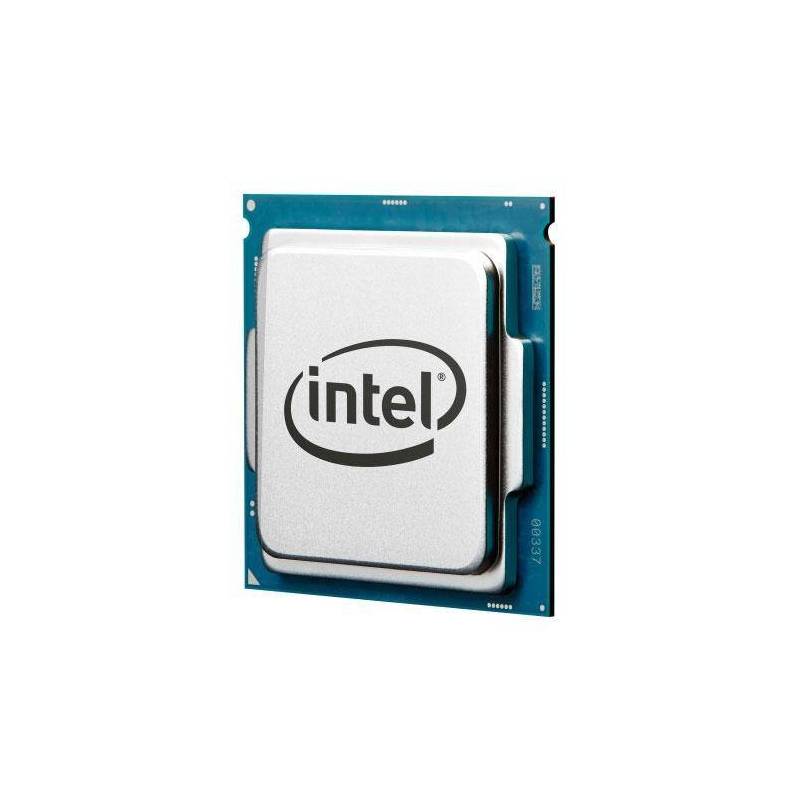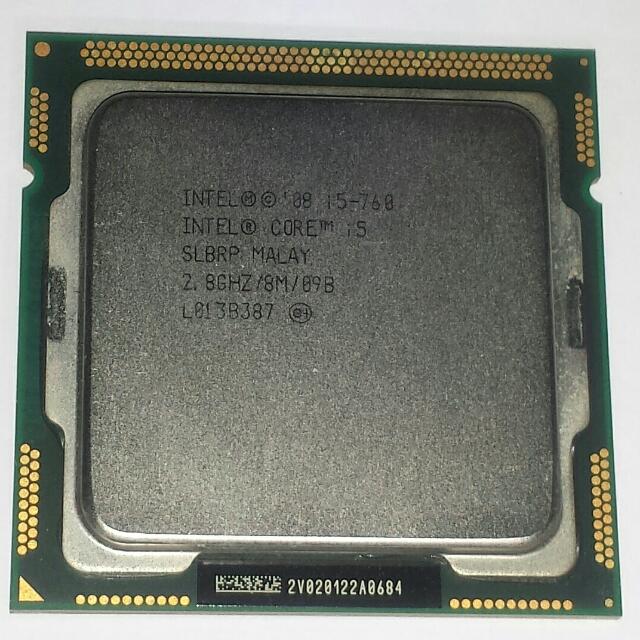Overclocking the Intel Core i5-760 can significantly boost your computer’s performance, making it a compelling option for gamers and content creators alike. While overclocking can be a rewarding experience, it also carries risks, such as overheating and potential hardware damage. However, with the right preparation and guidelines, you can safely push your system’s limits. This article will provide you with essential tips on overclocking the Intel Core i5-760 to maximize performance while maintaining stability.
Understand the Basics of Overclocking
What is Overclocking?
Overclocking refers to the practice of increasing a processor’s clock speed beyond its manufacturer’s specifications to enhance performance. The Intel Core i5-760 has a base clock speed of 2.80 GHz and can turbo boost to 3.33 GHz under certain conditions. By overclocking, you can push these limits further, allowing for better gaming experiences or faster rendering times.
While overclocking can yield improved performance, it generates additional heat and consumes more power. Understanding these factors is crucial before you begin. You’ll need to monitor temperatures and ensure you have adequate cooling solutions in place.
Know Your Hardware
Before jumping into overclocking, familiarize yourself with your hardware. The i5-760 is based on Intel’s Lynnfield architecture and uses the LGA 1156 socket. It is important to ensure that you have a compatible motherboard with adjustable BIOS settings. Additionally, check your power supply to confirm it can handle the extra load that comes with overclocking.
Having an adequate cooling solution is also a must. Stock coolers may not be sufficient for higher overclocks; consider investing in a high-quality aftermarket cooler or even a liquid cooling system for optimal temperature management.

Prepare Your System for Overclocking
Update BIOS and Drivers
Before you start the overclocking process, ensure that your system is running the latest BIOS version and drivers. Manufacturers often release updates that improve stability and compatibility, which can affect overclocking success. Visit the motherboard manufacturer’s website to download and install any available updates.
Updating your cold drivers, particularly for graphics and chipset, ensures that your system functions properly and efficiently. Outdated drivers can lead to system instability during and after the overclocking process.
Benchmarking Your System
Before overclocking, it’s wise to benchmark your system to see where it stands in terms of performance. Use software tools like CPU-Z, Cinebench, and Prime95 to measure your current speed, temperatures, and performance metrics. This information will serve as a baseline for comparison after you’ve overclocked your i5-760.
After overclocking, you should re-run these benchmarks to assess the performance gains effectively. Documenting your before-and-after results can help you understand the impact of your adjustments.
Adjusting Clock Speed and Voltage
Accessing BIOS Settings
To begin the overclocking process, restart your computer and enter the BIOS setup. This is usually done by pressing a key like Delete or F2 during the boot process. Within the BIOS, look for options labeled “Overclocking” or “CPU Configuration.” Here, you’ll find the necessary settings to adjust the clock multiplier and base clock (BCLK).
When working with the i5-760, you have the option to increase the multiplier to raise your clock speed. A gradual approach is best—start by increasing the multiplier by one step at a time. Save your changes and reboot your system to test stability.
Finding the Right Voltage
Increasing the clock speed often requires raising the CPU voltage (Vcore) to ensure stability. However, it’s crucial to be conservative; overvolting can cause damage to your processor. A good rule of thumb is to start with incremental voltage increases of about 0.01V or 0.02V.
Monitor your system’s stability closely after making these adjustments. Use tools like Prime95 to stress test your CPU, and keep an eye on temperatures. If you encounter crashes or errors, you may have to dial back either the clock speed or voltage.

Monitor Temperatures
Keeping an Eye on Heat Levels
Heat management is one of the most critical aspects of overclocking. As you push your i5-760 beyond its base specifications, temperatures can increase rapidly. Ideally, you want to keep your CPU temperatures below 80°C under load. Most modern CPUs can handle temperatures up to 90°C, but consistently running at high temperatures can shorten the lifespan of your processor.
Use software like HWMonitor or Core Temp to keep track of your temperature readings during stress tests. If you notice temperatures are climbing too high, you may need to improve cooling solutions or dial back your overclock.
Improving Cooling Solutions
If your temperatures are exceeding safe limits, consider upgrading your cooling system. An aftermarket air cooler with better heat dissipation capabilities can significantly reduce temperatures. Alternatively, you could invest in liquid cooling solutions, which are often more effective at controlling heat, especially during extensive overclocking endeavors.
Another method to improve airflow in your case is to manage cable layouts efficiently. Ensure that airflow isn’t obstructed by cables or other components, and add additional case fans if necessary. Enhanced airflow can maintain better overall temperatures.
Testing Stability
Conducting Comprehensive Tests
Once you’ve made adjustments to the clock speed and voltage, it’s essential to test your system for stability. Use stress-testing software such as Prime95 or AIDA64 to push your CPU to its limits for a prolonged period, typically 24 to 48 hours. This duration is considered the gold standard for stability testing, as it reveals any issues that may arise when the system is under load.
As you run these tests, keep a close eye on temperatures and performance. Sudden crashes, freezes, or blue screens are signs of instability, meaning you should either lower your clock speed or increase cooling measures.
Fine-Tuning Your Settings
If your system passes stability tests without issues, feel free to explore higher clock speeds incrementally. When you successfully establish a stable overclock, revisit your initial benchmarks to see the performance improvements you’ve achieved. Fine-tuning is often a trial-and-error process, so patience is essential as you work to find your ideal settings.

Document Your Results
Keeping Track of Settings
As you go through the overclocking process, it’s essential to document your settings and results meticulously. Store information regarding clock speeds, voltages, temperatures, and benchmark scores. Not only does this offer valuable insights into your advancements, but it can also serve as a reference for future overclocking attempts or for troubleshooting.
Having a clear record allows you to replicate successful settings or avoid issues that caused instability in the past. Documenting your findings enhances your overall understanding of how your CPU operates under different configurations.
Participating in online forums or communities dedicated to overclocking can provide additional support and tips. Sharing your experiences—not just your successes but also your challenges—creates a learning environment. You can gain valuable insights from others who have tackled the same chips and configurations. This collaboration can enhance your skills and confidence as you explore overclocking.
Know When to Stop
Recognizing Limitations
While overclocking can lead to impressive performance gains, it’s crucial to know when to stop. Every processor has its limits, and exceeding these can result in instability or permanent damage. If you find yourself pushing voltages or clock speeds to extreme levels without significant returns on performance, it may be time to accept your limits.
Lowering your expectations to achieve a stable overclock can often be the more prudent choice. Remember, the goal is not just to attain higher performance but to also maintain a reliable system that can handle daily tasks without issues.
Maintain Balance
Striking the right balance between performance, temperature, and stability should always be your primary focus. As you enjoy the benefits of overclocking, prioritize maintaining the long-term health of your processor over fleeting performance gains. A reliable system is always preferable to an unstable one, even if it means staying at a lower clock speed.
Elevate Your Performance Safely
Overclocking the Intel Core i5-760 can unlock significant performance enhancements, allowing for smoother gaming experiences and faster task execution. By understanding the basics, adequately preparing your system, and monitoring temperatures, you can safely push your CPU to achieve better results.
Always prioritize stability and longevity, making data-driven decisions throughout the process. With these tips, you can confidently overclock your i5-760 and enjoy an enhanced computing experience, maximizing your investment in your hardware while enjoying the thrill of greater performance.


